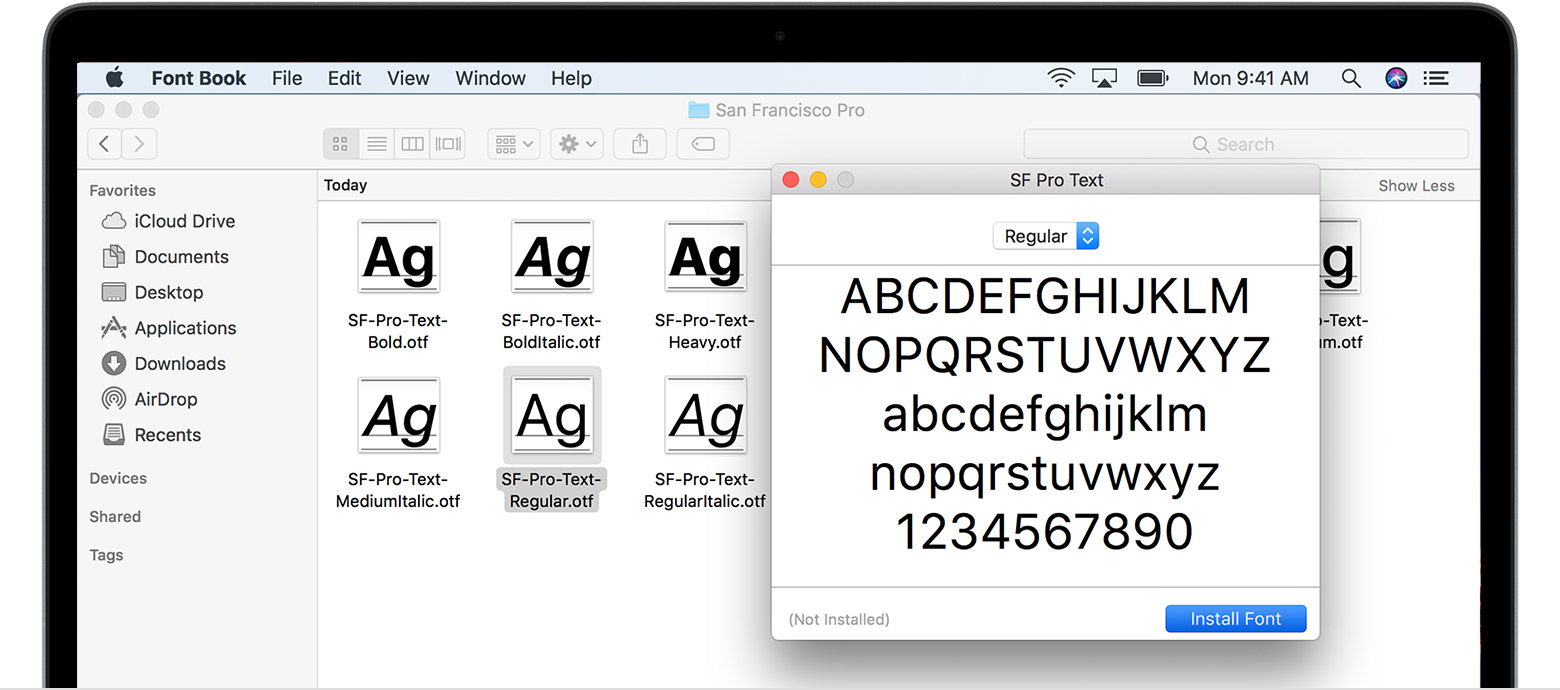Find My User Guide
Use the Finder menu to search for the Install MacOS 10.15 file and delete that file, reboot your system, and try and re-download the necessary files from the Mac App Store. Install from the Mac App Store. Click on the price located beneath the app's star rating. If an app is free, the button will read Get. Click on the green Install App button that appears. All-new Mac Pro and Pro Display XDR are the most powerful tools Apple has ever put in the hands of pro customers and will change pro workflows forever. Leading app developers for a variety of workflows, from video and photo editing to music production and advanced 3D content creation, have announced their support for the all-new Mac Pro and Pro.
Mac Pro Can't Click Allow App Installer
Before you can share your location with your friends and find your devices, you need to turn on Location Services and Find My Mac. You can do this when you open Find My for the first time or later in System Preferences.
Turn on Location Services
On your Mac, choose Apple menu > System Preferences, then click Security & Privacy.
Click Privacy, then click Location Services on the left.
Click the lock icon to unlock it, then enter an administrator name and password.
Select Enable Location Services, then select Find My in the list of apps.
Restart your computer and hold down Command+R, which boots you into the macOS recovery mode. Click on Utilities, then Terminal, and type “csrutil disable,” hit Enter, type in your password, and hit. Uninstall lima app from macos. As far as the user is concerned, you just need to double-click on an app's icon - or click once for a shortcut that's held in the Dock - and the application will launch, using all the resources it. Uninstall apps on Mac with App Cleaner & Uninstaller. The first way of uninstalling apps is to use a.
Webcam viewer app mac. A $3.99 monthly subscription is required to save footage to the cloud. You'll also need to pay the monthly subscription fee to use more than one device as a hidden camera.Available on:. Clips can be downloaded and shared with other people easily.What We Don't Like.
Set up Find My Mac
Mac Pro Can't Click Allow App Install Pc
On your Mac, choose Apple menu > System Preferences, then click Apple ID.
If you don’t see Apple ID, click Sign In, then sign in with your Apple ID or click Create Apple ID (if you don’t already have one).
Click iCloud in the sidebar.
Select Find My Mac, then click Allow (if asked) to allow Find My Mac to use the location of your Mac.
If a Details button is next to Find My Mac, make sure you turned on Location Services and Find My in Security & Privacy preferences.
Turn on Find My options
On your Mac, choose Apple menu > System Preferences, click Apple ID, then click iCloud in the sidebar.
If you don’t see Apple ID, click Sign In, then sign in with your Apple ID or click Create Apple ID (if you don’t already have one).
Click iCloud in the sidebar.
Select Find My Mac, then click Options.
If you see a Details button, you need to set up Find My.
Turn any of the following on or off:
Find My Mac: Turning this option on allows you to locate your Mac if you misplace it, and protect the information on it.
Offline Finding: Turning this option on allows you to locate your device (using Bluetooth) even when it isn’t connected to Wi-Fi or cellular.
Note: When you turn off Offline Finding, your Mac can’t be found by you or anyone else.
Mac Pro Can't Click Allow App Install Windows

For details about privacy and how you can control what information on your Mac is exposed, see Guard your privacy on Mac.